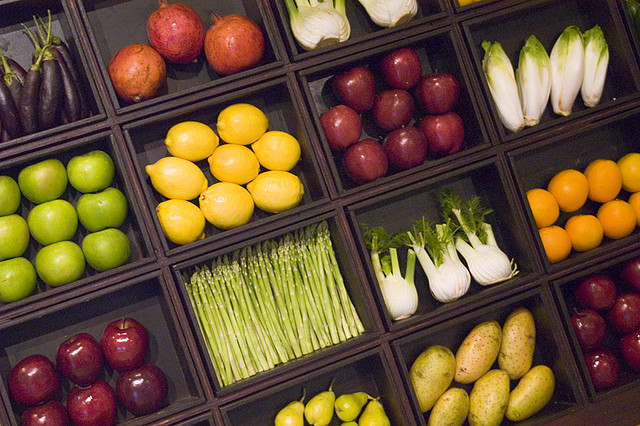 A raw food diet can be defined as a diet focusing on consumption of raw instead of cooked products. Eating raw foods is one of the most effective ways of losing weight. This is because raw food diets are low in fat and contain fair to high levels of carbohydrates. A combination of low fat and fairly high carbohydrates is a great way to improve the rate of metabolism. Raw diets also tend drive people into consuming natural foods like vegetables, fruits and dairy products. Hence, people who consume raw foods have a good supply of a wide range of macronutrients and micronutrients linked to healthy diet and metabolism.
A raw food diet can be defined as a diet focusing on consumption of raw instead of cooked products. Eating raw foods is one of the most effective ways of losing weight. This is because raw food diets are low in fat and contain fair to high levels of carbohydrates. A combination of low fat and fairly high carbohydrates is a great way to improve the rate of metabolism. Raw diets also tend drive people into consuming natural foods like vegetables, fruits and dairy products. Hence, people who consume raw foods have a good supply of a wide range of macronutrients and micronutrients linked to healthy diet and metabolism.
Incorporate Proteins
A key disadvantage of consuming raw food products is that there is a low protein input. Most protein sources such as beans and other grains must be cooked prior to consumption. Beans serve as a fundamental protein source for a vegetarian diet. Meat may have some dietary concerns, but they are great protein sources. Since it is not allowed to incorporate beans or meats into a raw diet, you should consider increasing your dairy intake. Cheeses and milk are excellent natural protein sources. Nuts can also be sources of protein and fats and can be incorporated in raw food diets. Another option is the use one or more of the protein supplements available in the market. Though the supplements are not natural, they will ensure that you get all the required nutrients.
In conclusion, it is essential to be careful when choosing to embark on a raw food diet. Keep in mind that a raw food diet does not rank higher when compared to a cooked diet. Simply, raw food diets are generally more nutritious than cooked ones.







Leave A Comment